How to Preserve {Pretty Much} Anything: Part 1
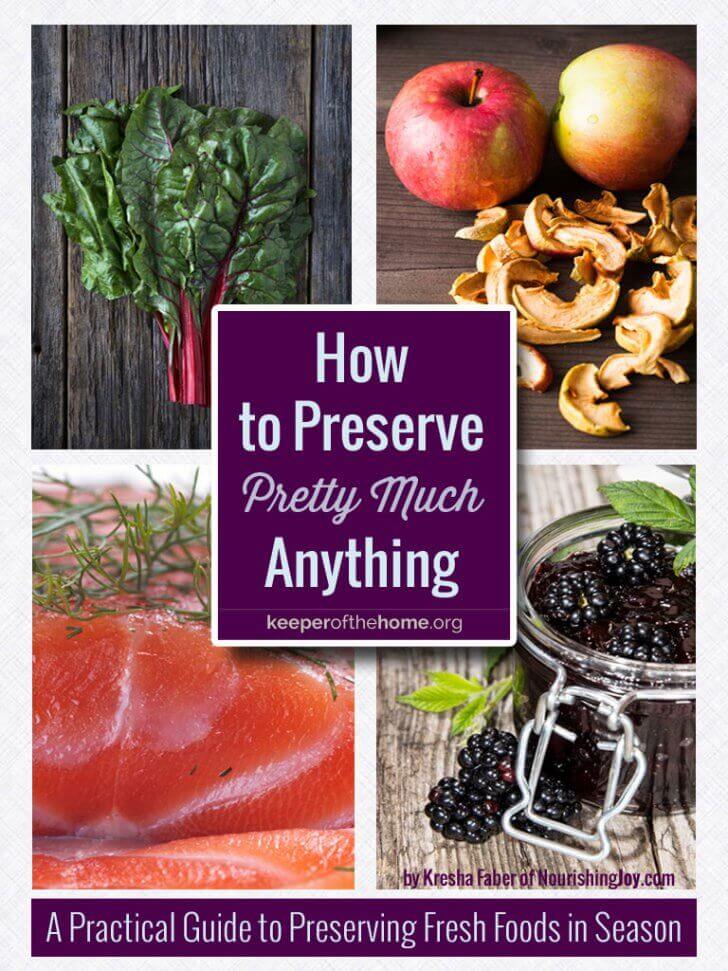
By Kresha Faber, Contributing Writer
It’s nearly August, that time of year when zucchini show up unannounced on your doorstep, peaches are offered for sale by the bushel, and tomatoes proliferate. Needless to say, it’s a time of bounty, when everything is growing great gonzos, so it’s the time of year when every year I feel underprepared for processing and dealing with all the delicious food that is at the height of flavor and nutrition.
Thus, about two years ago, I started compiling all of my chicken scratches, recipes, and notes – ingredient by ingredient – into a book, both as a service to myself and to help others in the same late-summer situation, but – heh – it became such a monumental task, it’s still a work in progress. And likely will be for a few years yet…. after cataloging 500+ foods and their preservation methods, this one’s going to take awhile. 🙂
Nonetheless, I didn’t want the information to remain dormant, either, so consider this post the {very} condensed version of the book to provide a handy guide to help and inspire you as you stare down those 50 pounds of tomatoes that just walked in the door.
;
Taken from the book How to Preserve Anything by Kresha Faber. It’s not currently available for sale, but we’ll let you know when it is!
Follow our preservation boards on Pinterest!
We also pin recipes and preservation ideas throughout the year on a number of our Pinterest boards. Be sure to follow them if you’d like on-going ideas:
The seven types of preservation
So, first things first. Let’s take a quick look at the different options you’ve got when it comes to preserving your food.
Freezing
The freezing method is fairly straightforward, but for long term storage, this isn’t just the freezer above your refrigerator. For true, long-term freezer storage, you’ll need a deep freeze that holds the food at 0°F (-18°C) or below.
Freezing is a good option for pretty much any food, but will change the structure of some foods, such as fresh greens, so plan accordingly. For example, if you freeze fresh spinach, it will be wilted when you remove it, so using it in a salad would be out of the question, but using it in a baked dish, such as Spinach and Mushroom Lasagna, or in your favorite green smoothie would be totally fine.
Also, if you are able to vacuum-seal your food before freezing, this will extend the life of your frozen food even longer.
Freezing is a great option for many types of food, as it keeps the vitamins and minerals largely intact. In fact, if you freeze your food right when it’s fresh, it’s about as close as you can come to eating fresh food when you take it out to use, which is exactly what we need come the doldrums of January.
Dehydrating & Smoking
Dehydrating is exactly what it sounds like – it’s the process of drying out your food. By removing the majority of the water content of your food, you hinder the bacterial growth that thrives on moisture, thus extending the shelf-life of the food by several months.
Good examples of common dehydrated foods are beef jerky, fruit leather, and dried fruit.
Smoking is similar, but slightly different. In the process of smoking, the food is partially dehydrated, but as smoke penetrates the food, it also acts as a bacterial inhibitor and anti-oxidant, thus slowing rancidity. Foods that are smoked are often also cured (think of your favorite sausages), but not always, such as with smoked salmon, which is smoked fresh.
Dehydrating food can be done easily by pretty much anyone, as you can dehydrate using an oven, a dehydrator, or even just the sun. Smoking, however, needs a bit more finesse and is most easily done in a conventional smoker.
Fermenting & Culturing
Fermentation is the way people have been preserving food for millenia.
Fermenting is the process of encouraging the growth of beneficial bacteria in order to inhibit harmful bacterias that spoil food and have the potential to make us seriously ill. Most foods can be fermented or cultured, including fruits, vegetables, meats, seafood, grains, legumes, and dairy. Common fermented foods are sauerkraut (cabbage), pickles (cucumbers), cured sausage (meat), and yogurt (milk).
(By the way, I absolutely love fermented foods – I’ll totally admit my bias! If you’re just getting started with fermented foods, definitely check out the book, The Complete Idiot’s Guide to Fermenting Foods by Wardeh Harmon.)
Fermenting is one of the easiest methods of preservation, as all you need are your ingredient and a starter of some sort, which is often just salt. Easy!
Canning
Water-bath canning and pressure canning are more modern forms of preservation and they’re an excellent way to keep foods preserved for longer periods of time, usually at least a year or more.
The downside is that because canning requires high heat, the vitamin and enzyme content of the food is partially denatured, so it’s not quite as nutrient-rich as eating the same foods fresh.
However, canning excels at being able to preserve large amounts of food – more than you could eat before it would go bad when fresh – so I consider this an excellent option, as you’re saving food from the compost heap rather than “destroying” fresh food.
Besides, there are a few foods, such as tomatoes, where certain nutrients only become activated once cooked, making homemade canned tomatoes an excellent choice.
Also, canning is a great way to preserve prepared foods for long periods of time, not just the ingredients themselves, so foods like ketchup, plum sauce, applesauce, salsa, relish, chutney, pasta sauce, jams, and jellies excel when preserved via canning.
Salt- and Sugar-Curing
Salt-curing is the process of packing a food in a high salt concentration in order to inhibit bacterial growth. This is similar to fermentation, but done at a much higher concentration. For example, a shredded vegetable ferment such as sauerkraut typically uses a salt ratio of about 2 to 7% by weight, but salt-curing packs the food in a ratio of about 20 to 25% salt.
Salt inhibits the growth of spoilage-inducing microorganisms by drawing water out of the cells through osmosis. As the unwanted bacterial population decreases, other beneficial bacteria, primarily those lovely lactobacilli, proliferate and create an acidic environment (around 4.5 pH).
It should be noted (as I had to point out to my publisher when I published my book and their dietician was losing her shirt over the fact that my fermented and cured recipes called for so much salt), when a food is dry-cured, you don’t eat the salt crust or brine – this merely helps preserve the food. Common examples are corned beef, lox, caper berries, and cherry blossoms.
Sugar-curing is similar – it’s merely the process of packing a food in sugar for the same purpose – but this is used for foods where the flavor would be adversely affected by the use of salt or to infuse the sugar with a particular flavor (see below for examples of flower honey and rosemary syrup). Also, it’s very common to use a combination of both salt and sugar, as lactobacilli feed well on sugar. For example, the traditional Scandinavian method for making gravlax uses a ratio of 2:1 of salt to sugar.
Oil Curing
Oil curing is the process of submerging a food completely in fat or oil in order to block out oxygen. This method appears commonly in old cookbooks for everything from artichokes to jardinière, but today, it’s largely considered unsuitable for many foods because even though it slows the growth of spoiling agents, it doesn’t rid the existing moisture from the food, which can still give rise to Clostridium botulinum, the bacterium that causes botulism and which becomes active in warm, anaerobic environments.
However, this method is absolutely lovely for herbs and garlic, as well as combining with other methods, such as the marinated red bell peppers listed below, which are cured both in oil AND vinegar and then water-bath canned. Scrumptious, indeed. 🙂
Vinegar & Alcohol Pickling
Preserving foods in vinegar or alcohol easily creates an acidic environment, which inhibits bacterial growth. It’s also suitable for most foods and easy to do, so it’s a common way to preserve foods.
You can store nearly any food in vinegar in the refrigerator for several weeks and if you can the vinegar-preserved foods, they’ll last for at least a year.
Alcohol, such as vodka or brandy, likewise creates an acidic environment and preserves foods kept in cool, dark places for several months.
Cellaring
This isn’t really a method of preservation, but it definitely has an effect on “putting up” summer crops to last through winter.
Foods such as potatoes, onions, hardy autumnal fruits, and winter squash don’t necessarily need to be preserved, but they will last several months if kept in a cool, dark, dry place, such as a cellar. Keeping both your winter produce and your preserved foods in a cellar will extend their shelf lives significantly!
In modern day, many of us don’t have traditional cellars, but finding the coolest, darkest, driest place to store our foods is certainly a good equivalent.
Freeze-Dried
I mention this option only because I’m insanely fascinated by this process even though an in-home freezer dryer costs thousands! This is the process that’s used to create dry milk powder, cheese powder for macaroni and cheese, those little finger food puffs they sell for toddlers, and food that astronauts take into space.
I have never used this process, but I would love to experiment with preserving foods this way at some point in the future. Unfortunately I have no data whatsoever on the effect on nutrients in the food or the chemistry that happens at a cellular level (ie – how well does the body recognize the food when you eat it?), so it may not be a GOOD option, but it would be fun nonetheless.
Taken from the book How to Preserve Anything by Kresha Faber. It’s not currently available for sale, but we’ll let you know when it is!
How to choose which types of preservation will work for which types of food
Since you can’t use every type of preservation for every type of food, how do you know how to choose? Here are a few things to keep in mind:
1. Keep your final usage in mind.
Ask yourself how you are going to want to use the food later in the season. The whole point of preserving your fresh foods is to extend their usefulness, so you still want them to be useful later in the season when you pull them out of storage!
For example, you may not find dehydrated tomatoes all that useful, whereas you’d use canned tomato sauce or pasta sauce every night through the winter. On the other hand, you might find drying tomatoes and grinding them to a powder might be a handier way to store them and you can make your sauces by rehydrating them with boiling water when you want to make a sauce.
Or you might not find frozen peaches very useful, but you’d use peach butter as a welcome part of breakfast every morning in January.
Basically, it all depends on what is helpful for YOU.
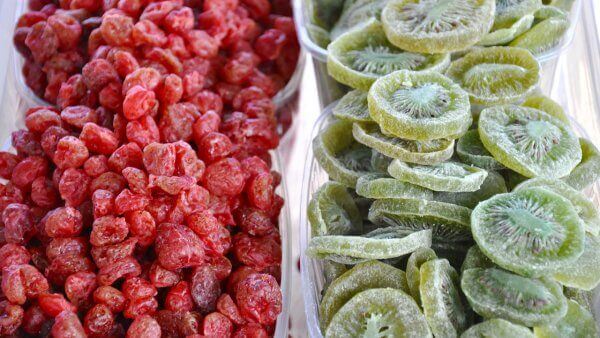
2. Keep the food’s flavor and texture in mind.
Cucumbers taste fabulous as pickles, but while you CAN freeze them, they’re not all that pleasing when they are thawed, so freezing isn’t a great option for cucumbers. However, apples do fabulously, especially if they’re turned into applesauce or apple pie first.
3. Keep your available space in mind.
Do you have lots of freezer space but not much shelf space? Have a large pantry but not much room for multiple bubbling jars of ferments?
Take into account the space all the food will take up over the months while it’s stored and make best use of the space you have most available. Or better said, if you are trying to decide between making peach butter that’s canned and slicing and freezing your peaches, make the decision based on what whether you have more freezer space or more pantry space!
4. Keep in mind how long you want foods to be available.
Dehydrated foods and canned foods often stay safe and tasty for months longer than fermented foods or foods packed in vinegar, but fermented foods and vinegar-pickled foods retain more nutrients and enzymes, so both methods have their advantages.
Getting Equipped
Unless you want to go all-out and smoke your own bacon (in which case you’ll need a smoker and a place to put it), getting set up for basic food preservation is pretty simple. It’s mostly small equipment and beyond that, all you need is a cool, dark, dry place to store your food items.
Here are the items that I consider essential for food preservation prep in any kitchen:
- Food mill (hand-crank style)
- Mason jars and/or other canning jars
- Air-tight, freezer-safe containers in 2 cup – 1 gallon capacities (depending on your personal preference)
- A good chef’s knife
- A large stockpot with a heavy bottom and pouring lip (for reducing large amounts of jam, sauces, etc) – this one from IKEA barely is put away in my kitchen, as it’s in constant use
- A water-bath canner and canning tongs
- Funnels: one wide-mouth and a small set
- Fine mesh strainers: I prefer metal strainers, which work beautifully for pretty much everything except kefir grains – you’ll need a plastic strainer for those
These items I consider next-to-essential. You can get by without them, but they’ll save you hours upon hours of work just in one season:
- A food processor with a chopping blade and either a grating or shredding disk.
- A food dehydrator – one with removable trays (not stacking trays) are definitely best and I wish every day I had purchased the 9-tray version rather than the 5-tray version!
- Fermentation airlocks.
- Fermentation crock (especially lovely when you want to make large quantities of your ferments).
- If you’re processing large quantities of strawberries or cherries, you may find a strawberry huller and cherry pitter quite handy.


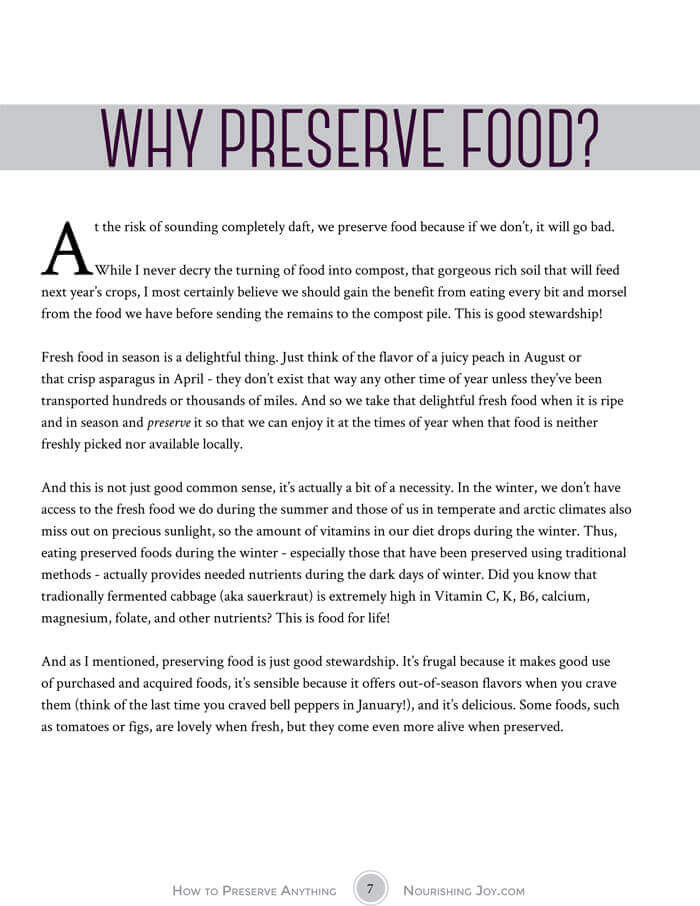



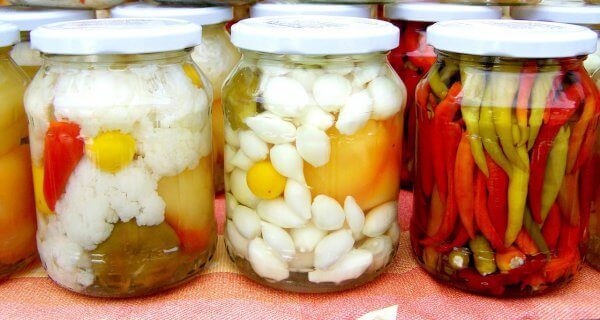



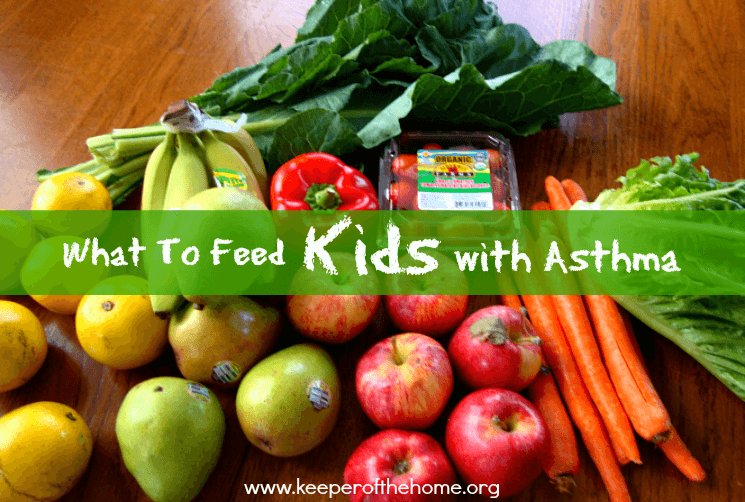

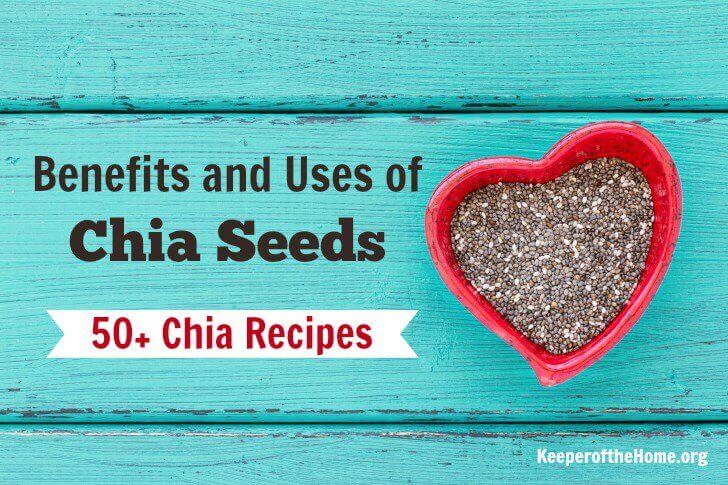

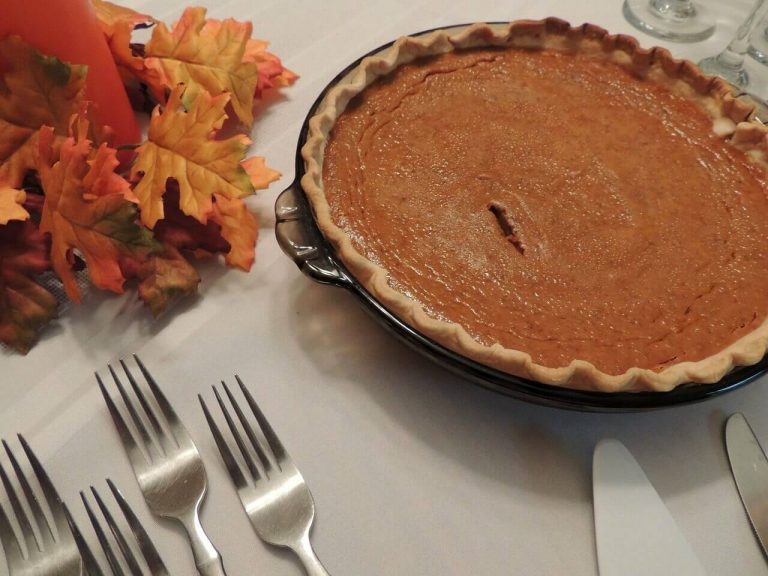
I love this list. I mostly freeze, though I’ve also done some canning. I’ve played around with fermented foods, although not for long-term storage, just for immediate eating (well, after a few days or weeks, depending on what I”m fermenting). I’m excited to learn more about fermenting and culturing.
Fermenting and culturing is so much fun when you get into it! I’m with you, though – I mostly freeze too. 🙂
I mostly freeze things but have recently started to dehydrate some things. I tried canning but I am disabled and have a horrible back and canning worked on that….
That was a lovely post, thank you so much! I love experimenting with food and will definitely try some of these methods 🙂
I usually pressure can, water bath can, or dehydrate the foods that I preserve. I too, would love to be able to freeze dry but the expense is an issue with me. I love looking at the food in the jars that I have put up. Besides it is so much better than store bought canned foods. No preservatives that can’t be pronounced. Just water, a bit of salt and good food.